One of the most magnificent canyons in the world is the Grand Canyon, located in the United States. This canyon is not only tremendous and beautiful but also rich in history.
The Grand Canyon is a vast Canyon that has a rich and beautiful landscape. The Grand Canyon is an area rich with historical events related to how the canyon was formed and the native peoples who lived in the Canyon area. Today, the Grand Canyon is under Federal protection and has a National Park status. Read on as we explore more about the Grand Canyon.
Table of Contents
- The Grand Canyon: Delving Deep Into Its Rich History – 15 Aspects
- Ancient Earth’s Cross Section:
- Vishnu Basement Rocks:
- The Trail Of Time:
- Early Human Inhabitants:
- Split-Twig Figurines Found In Grand Canyon:
- Tapestry Of Native Cultures:
- The Havasupai People:
- Tourism And The Havasupai:
- European Discovery Of Grand Canyon Area:
- Ives And Newberry’s Expedition:
- John Wesley Powell’s Exploration:
- Grand Canyon Village:
- Federal Protection Of Grand Canyon:
- Rise In Tourism And Grand Canyon:
- National Park Status Of Grand Canyon:
- Related Questions
The Grand Canyon: Delving Deep Into Its Rich History – 15 Aspects
The Grand Canyon, renowned worldwide for its overwhelming size and intricate and colorful landscape, offers an exceptional synopsis of Earth’s geological history. But aside from its staggering beauty, the canyon holds a plethora of historical and cultural tales.
Here are 15 aspects of its history that every visitor should appreciate:
Ancient Earth’s Cross Section:
When you gaze at the Grand Canyon’s walls, you’re witnessing some of the oldest exposed rocks on our planet. This vast chasm presents a nearly two billion-year-old chronicle, making it a treasured site for geologists seeking to unravel Earth’s evolution.
Vishnu Basement Rocks:
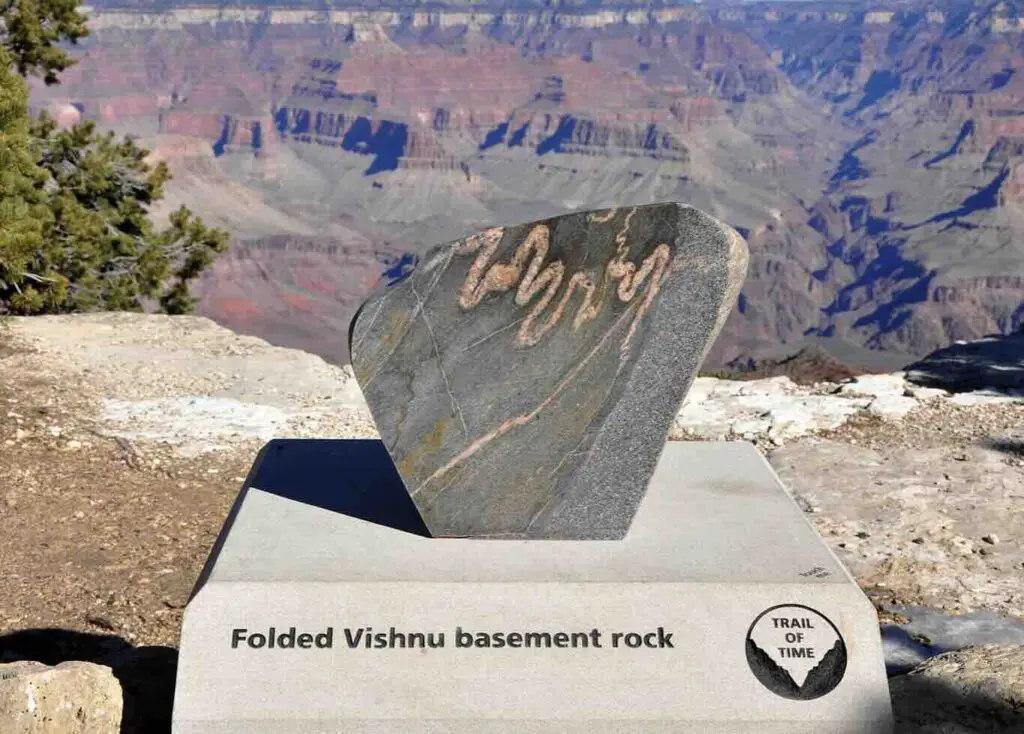
Nestled deep within the Inner Gorge’s base are the ancient Vishnu Basement Rocks. Their origin traces back to about 1.7 billion years ago when magma hardened beneath the Earth’s surface, giving birth to what would eventually be part of a massive volcanic ocean chain.
The Trail Of Time:
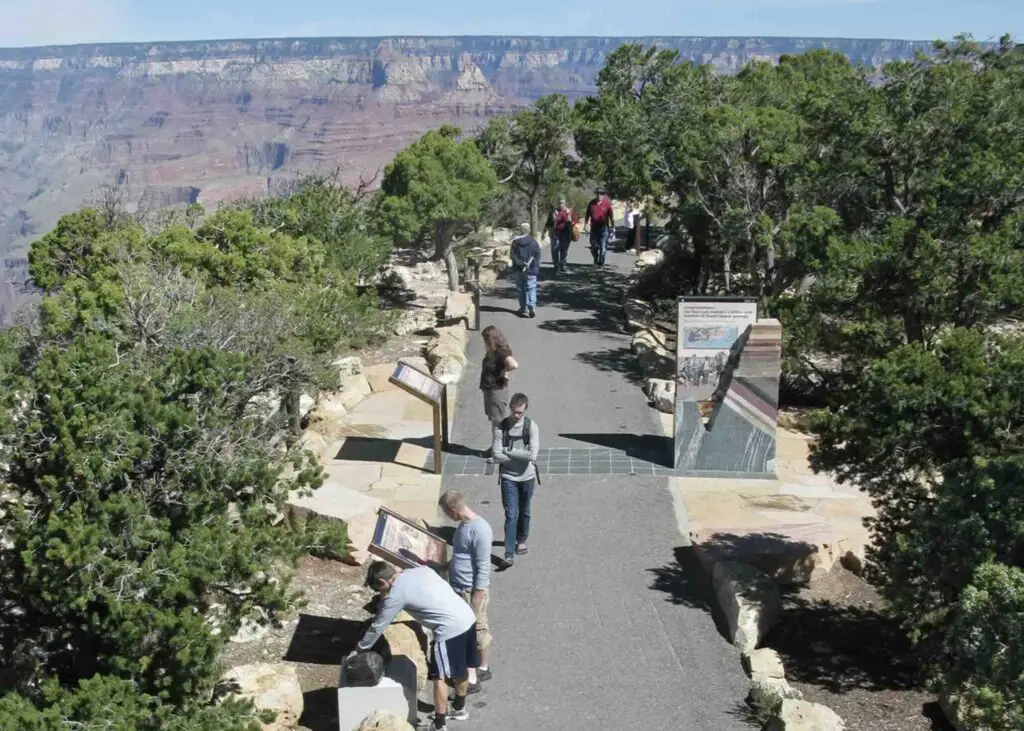
The South Rim’s Trail of Time offers an engaging journey for the modern visitor. This exhibit allows individuals to walk through the eons, offering insights and perspective on the canyon’s immense geological timeline.
Early Human Inhabitants:
Evidence suggests humans have been connected to the Grand Canyon for 12,000 years. From significant stone spear points, indicating hunting activities during the Ice Age, to remnants of ancient communities, the canyon has been a silent witness to humanity’s growth.
Split-Twig Figurines Found In Grand Canyon:

These artifacts, shaped to resemble deer and bighorn sheep, offer a glimpse into ancient communities’ spiritual or ceremonial practices. Dating from 1000-2000 B.C., these figurines are thought to be symbols left by hunters, possibly as a ritual for successful hunts.
Tapestry Of Native Cultures:
The Grand Canyon isn’t just a natural wonder; it’s a cultural mosaic. Over millennia, tribes like the Ancestral Pueblo, Paiute, Navajo, Zuni, and Hopi have called this majestic place home, each leaving behind a legacy of traditions, stories, and artifacts.
The Havasupai People:
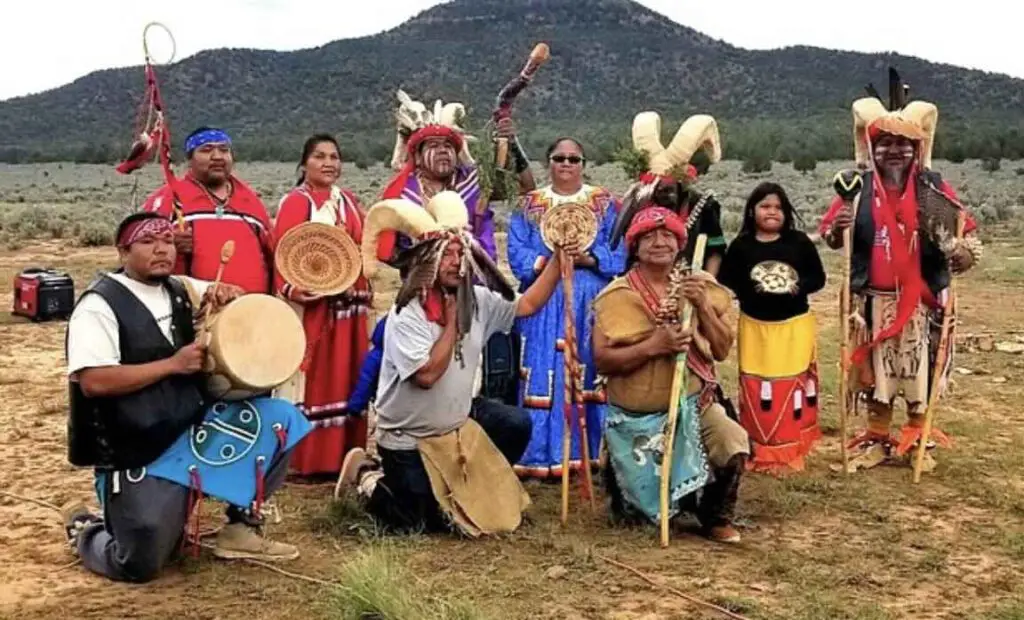
The canyon’s deep walls and vibrant waters have been the heartland of the Havasupai for over 800 years. Intertwined with the canyon’s history, their narrative speaks of a bond with the land, challenges faced, and the triumphant reclamation of their ancestral domain.
Tourism And The Havasupai:
Embracing the modern world, the Havasupai have become stewards of tourism. Their lands, especially the enchanting Havasu Falls, draw tourists from around the globe, eager to experience this blend of natural beauty and indigenous culture.
European Discovery Of Grand Canyon Area:
While indigenous communities knew of the canyon for centuries, Spanish explorers, with the assistance of Hopi guides, were the first Europeans to marvel at its grandeur in the 1540s.
Ives And Newberry’s Expedition:
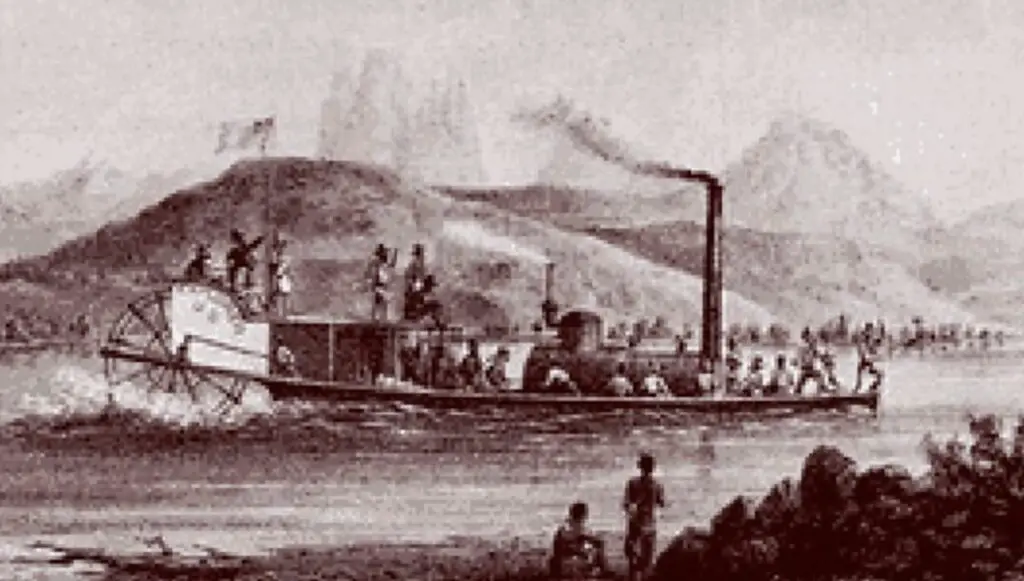
In 1858, Joseph Christmas Ives led an ambitious mapping expedition of the Colorado River, navigating the Grand Canyon’s challenging terrain. Accompanied by John Newberry, a pioneering geologist, this expedition laid the groundwork for future scientific explorations.
John Wesley Powell’s Exploration:
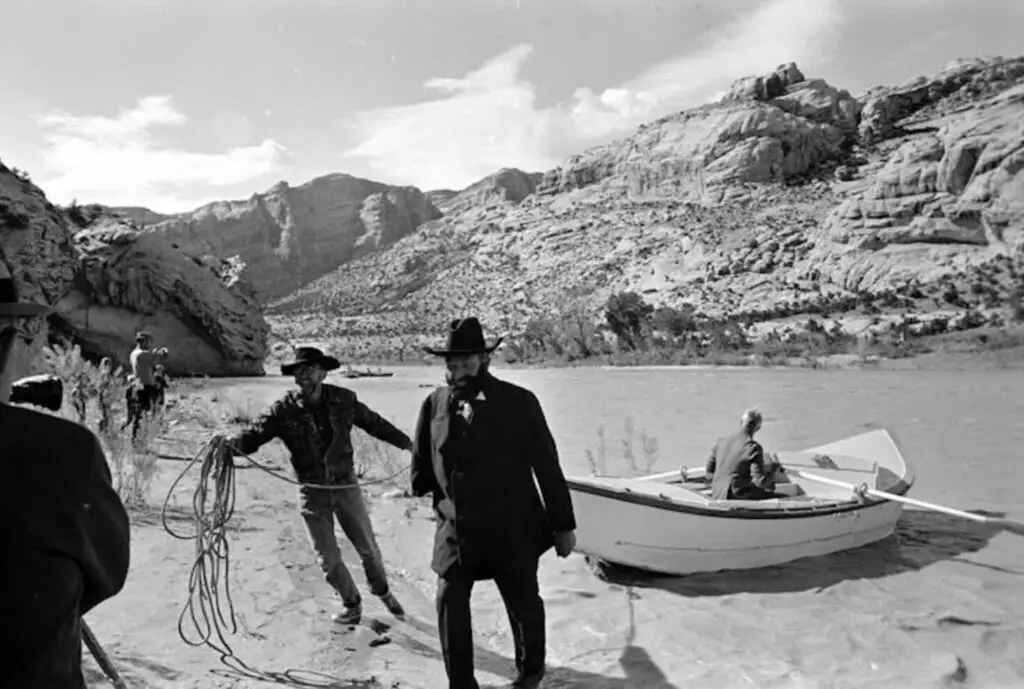
Expanding on previous knowledge, Powell’s 1869 expedition embarked on a more thorough exploration. Their dedication resulted in detailed maps documenting the intricate meandering of the Colorado River through the canyon.
Grand Canyon Village:
In the late 19th century, we witnessed pioneers settling near the canyon, initially in search of copper. However, the allure of the canyon as a tourist destination soon became apparent, paving the way for a tourism-centric economy.
Federal Protection Of Grand Canyon:
Acknowledging its unique significance, President Benjamin Harrison extended federal protection to the Grand Canyon in 1893, classifying it as a forest reserve. This marked the beginning of its journey towards preservation.
Rise In Tourism And Grand Canyon:
The dawn of the 20th century saw a surge in visitors. With the Santa Fe Railroad connecting Flagstaff to Grand Canyon Village in 1901, the once remote marvel became accessible, turning it into a must-visit American destination.
National Park Status Of Grand Canyon:
The Grand Canyon’s magnificence was formally recognized in 1919 when it was designated a National Park, a testament to its unmatched natural and cultural significance.
The Grand Canyon is not merely a geological spectacle; it’s a testament to Earth’s history and humanity’s enduring spirit. To stand on its edge is to connect with millennia of natural transformations and human endeavors. Understanding its rich history only deepens the awe and respect this natural marvel commands, ensuring it continues to inspire future generations.
At A Bus On A Dusty Road, we talk about everything about travel, life, sailing, and ex-pat living. We are all about “Living Life As A Global Citizen.” We explore social, cultural, and economic issues and travel.
We would love to have you be part of our community. Sign up for our newsletter to keep up-to-date by clicking here. If you have any questions, you can contact me, Anita, by clicking here.
Listen to our Podcast called Dusty Roads. You can find it on all major podcast platforms. Try out listening to one of our podcasts by clicking here.
Subscribe to our A Bus On A Dusty Road YouTube Channel filled with great videos and information by clicking here.
Related Questions
Is It True America Is Both Capitalist And Socialist?
America is considered both a capitalist and socialist economy; America is deemed to have a mixed economy which means it has both capitalist and socialist characteristics. Having a mixed economy is essential because there are some things that we need the government to intervene with for the public good.
By clicking here, you can discover Is It True America Is Both Capitalist And Socialist?
Could America Have Won The Vietnam War?
America could not have won the Vietnam war as it never won the hearts and minds of the Vietnamese people. The Americans even had difficulty controlling the Vietnamese people in Southern Vietnam, as many were disillusioned with the Southern Vietnamese government. Ho Chi Minh, the leader of North Vietnam, fully understood that another foreign power would not control the Vietnamese heart and soul.
By clicking here, you can discover Could America Have Won The Vietnam War?
Is Singapore A Socialist Or Capitalist Country?
Singapore has characteristics of both a socialist and capitalist country, so they are known to have called a mixed economic system. They are also ranked number one in the world for freedom. Singapore has also been an extremely successful country that is free and wealthy.
By clicking here, you can discover Could America Have Won The Vietnam War?


